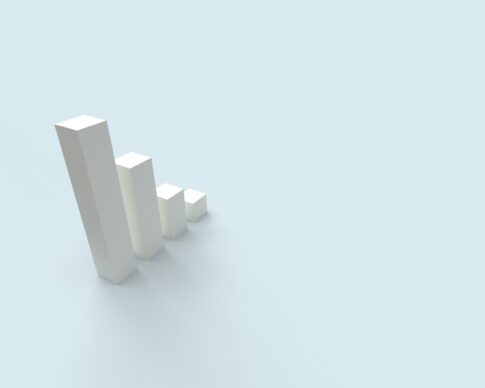Today, I will explain the following website. (AI-generated)
近い将来「1ドル120円台」の可能性も…9月の米ドル/円動向を左右する「FOMC」の注目ポイント【国際金融アナリストが解説】(THE GOLD ONLINE(ゴールドオンライン)) – Yahoo!ニュース
Contents
Understanding the USD/JPY Exchange Rate Dynamics
The USD/JPY currency pair experienced a significant drop in August, with a temporary plunge to the 141 yen level. This movement was closely tied to speculative yen selling, which saw a sharp reversal from a ‘bubble burst’ scenario. To understand these dynamics, it’s essential to consider the interplay of various market forces and the role of technical analysis in predicting currency trends.
What Influenced the August USD/JPY Crash?
The sudden drop in the USD/JPY exchange rate was influenced by a dramatic shift in speculative positions. According to the CFTC (Commodity Futures Trading Commission) statistics, speculative traders had heavily sold yen (bought USD), reaching levels near historical highs. However, this trend abruptly reversed in early August, contributing to the rapid depreciation of the USD against the yen.
Speculative Yen Selling: The Bubble Burst Scenario
Speculative yen selling reached its peak in early July, coinciding with the USD/JPY hitting historically low yen levels. The subsequent unwinding of these speculative positions, often referred to as a ‘bubble burst’, led to a swift move towards yen strengthening. This phenomenon underscores the impact of speculative trading on currency exchange rates.
Technical Analysis: Indications of a Trend Shift to Yen Strength
Technical analysis of the USD/JPY chart suggests a potential trend shift towards yen strength. If this trend is confirmed, the likelihood of a return to previous levels of yen weakness may be limited, making it crucial for traders to monitor the USD’s lower boundary around the 141 yen mark set in August.
September’s Forex Strategy: Key Points to Watch
Forecasting the USD/JPY Range for September
Market analysts predict the USD/JPY to trade within a range of 140 to 148 yen for September. This forecast takes into account the recent volatility and the potential for continued fluctuations influenced by speculative trading and global economic factors.
The Role of the September FOMC Meeting in Currency Trends
The Federal Open Market Committee (FOMC) meeting in September is a critical event that could sway the direction of the USD/JPY exchange rate. Traders will be closely watching the FOMC’s decisions and statements, as they can have significant implications for interest rates and monetary policy, affecting investor sentiment and currency values.
Investment Strategies in Light of Recent Currency Fluctuations
Given the recent dramatic shifts in the USD/JPY exchange rate, investors should consider strategies that account for continued volatility. This may include diversifying portfolios, using stop-loss orders to manage risk, and staying informed about key economic indicators and policy decisions that could influence currency markets.
Potential Future Scenarios for the USD/JPY Exchange Rate
Is the Trend Toward a Stronger Yen Here to Stay?
While the yen has shown signs of strengthening, it remains uncertain whether this trend will persist. Factors such as Japan’s economic policies, global market sentiment, and geopolitical events will continue to play a role in determining the direction of the yen’s movement against the dollar.
Historical Context: Understanding the Significance of the 120 Yen Level
The 120 yen level has historically been significant for the USD/JPY exchange rate. Reaching this level could indicate a substantial shift in the currency pair’s dynamics, reflecting changes in economic strength and investor confidence between the United States and Japan.
What Could Cause the USD/JPY to Reach the 120 Yen Mark?
Several factors could drive the USD/JPY towards the 120 yen mark, including shifts in monetary policy by the Federal Reserve or the Bank of Japan, changes in trade balances, or significant geopolitical events. Investors should monitor these developments closely to anticipate potential impacts on the exchange rate.












